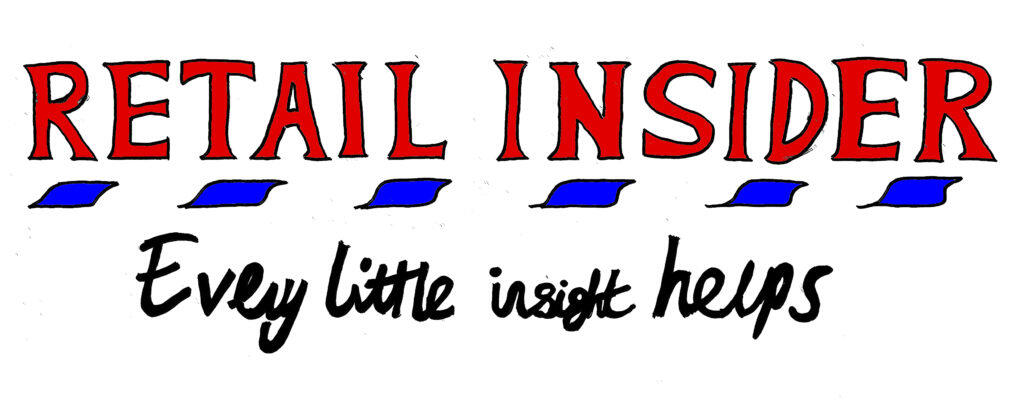GS1 developing digital solutions for multichannel
Consumers’ appetite for multichannel retail is posing many challenges to merchants and brand owners, but one thing they are all certain of is the increased power of digital channels. Over time they have also become aware of the need to not only improve how their product data is structured online – but also to better link it to the physical product.
by Dr Mark Harrison
This is proving increasingly important in order that their goods appear prominently in search engine results and that the associated information is accurate and sourced from reliable sources that the retailers/brand owners trust.
This data is also vital to the operation of the growing number of smartphone apps that are frequently used by consumers while shopping in physical stores – which means the need to ensure consistency of product information across channels is critical.
To help enable this GS1 is using its experience in the physical channel with barcodes to deliver a digital solution. The next step on its journey is a GS1 Digital Initiative that involves creating similar data models as used with barcodes that can then made available as a web vocabulary for use online (utilising structured data).
Brand owners who apply barcodes to products lease a GS1 Company Prefix that enables them to create a series of globally-unique product identifiers called Global Trade Item Numbers (GTIN). The use of GTINs provides the consistent cross-reference across information that has been provided by the brand owner, retailers and resellers of the product. It is the common thread that can link the physical product with its online equivalent.
This unique identifier also enables search engines to quickly determine which data about a product is consistent – and which information is likely to be misleading. The GTIN makes it possible to confirm whether data about a product came from a trusted source, typically the brand owner or manufacturer. At Auto-ID Labs we’re working with GS1 to look at how global identification standards can be applied in the digital space on the basis that the GTIN is the common identifier that links information about products.
The Solution
For this to work it is necessary for retailers and brand owners to put in place the digital infrastructure to be able to link their various data properties (such as technical specifications, ingredients, nutritional information etc) relating to their products.
These details are embedded on a web page as a single block of structured data within the header of a webpage. This enables a search engine, for example to understand how to extract it automatically irrespective of the visual layout of the webpage.
At the moment, retailers and brand owners are predominantly representing their product data in an unstructured format on their websites that is very difficult for search engines to negotiate.
Within the structured data framework individual products are assigned values such as packaging size, allergens, calories etc that can be populated with information by the retailer and brand owner.
Benefits
Retailers are only just beginning to consider taking a structured data approach. For many of these organisations, the initial objective is to benefit from enhanced search results, such as having products appear within Google ‘Rich Snippets’ – these are the additional information extracts that appear both underneath and to the right of search results to give a better sense of what is relevant to the user on the pages that have been listed. This is only possible if Google understands the content on the pages it is interrogating.
Tesco has been experimenting with using structured data for its store location information – after finding that some information was being pulled in from various inconsistent sources. After just one month the results displayed in Google Rich Snippets were found to be far more accurate and reliably sourced, including correct locations on maps and accurate photos of the stores.
US-based electrical retailer Best Buy has reported significant improvements in its web traffic from improved search results after it also experimented with structured data. It has observed a 30% increase in web traffic to its store location pages.
Future opportunities
Organisations thinking this way about utilising structured data are putting themselves in line to reap longer-term benefits, as shoppers using the next generation of smartphone apps and in-store scan-and-collect devices will ultimately enjoy an improved multichannel experience.
In Norway, Norgesgruppen has already developed a sophisticated digital shopping list app that enables consumers to make intelligent choices about products based on their individual dietary requirements, preferences on health, environmental and ethical issues.
Call to action
Some companies are still unclear about how to proceed with this new unfamiliar technology – or are concerned about whether they will somehow relinquish control if they publish rich information on their products in a structured data environment.
The reality is that initially much of the structured data on products will not be information that is commercially sensitive, but information that is already in the public domain because it already appears on the packaging or possibly in human-readable format within public webpages.
As GS1 prepares to introduce its digital structured data standards in the summer of 2015 it is currently encouraging and supporting a number of pilot activities with the offer of strong guidance and assistance.
As the adoption of this new technology and approach to web data is a significant step for retailers and brand owners, GS1 is encouraging them to experiment and provide it with feedback, as the organisation is taking the view that a collaborative approach will be most effective in enabling all parties to gain maximum value from this major strategic imperative.
Dr Mark Harrison is director of Auto-ID Labs within the University of Cambridge.
To read more about how GS1 is working on developing a seamless multichannel experience across all channels click here.




